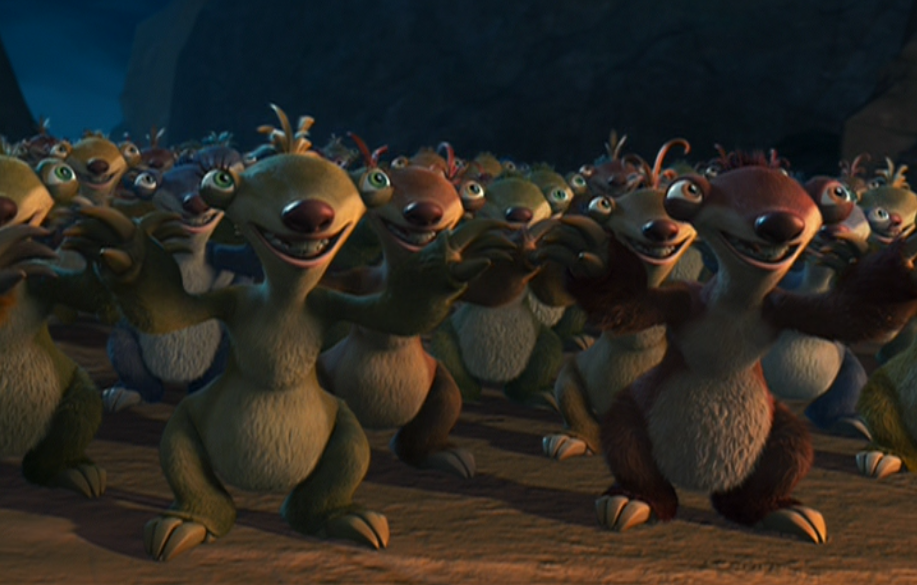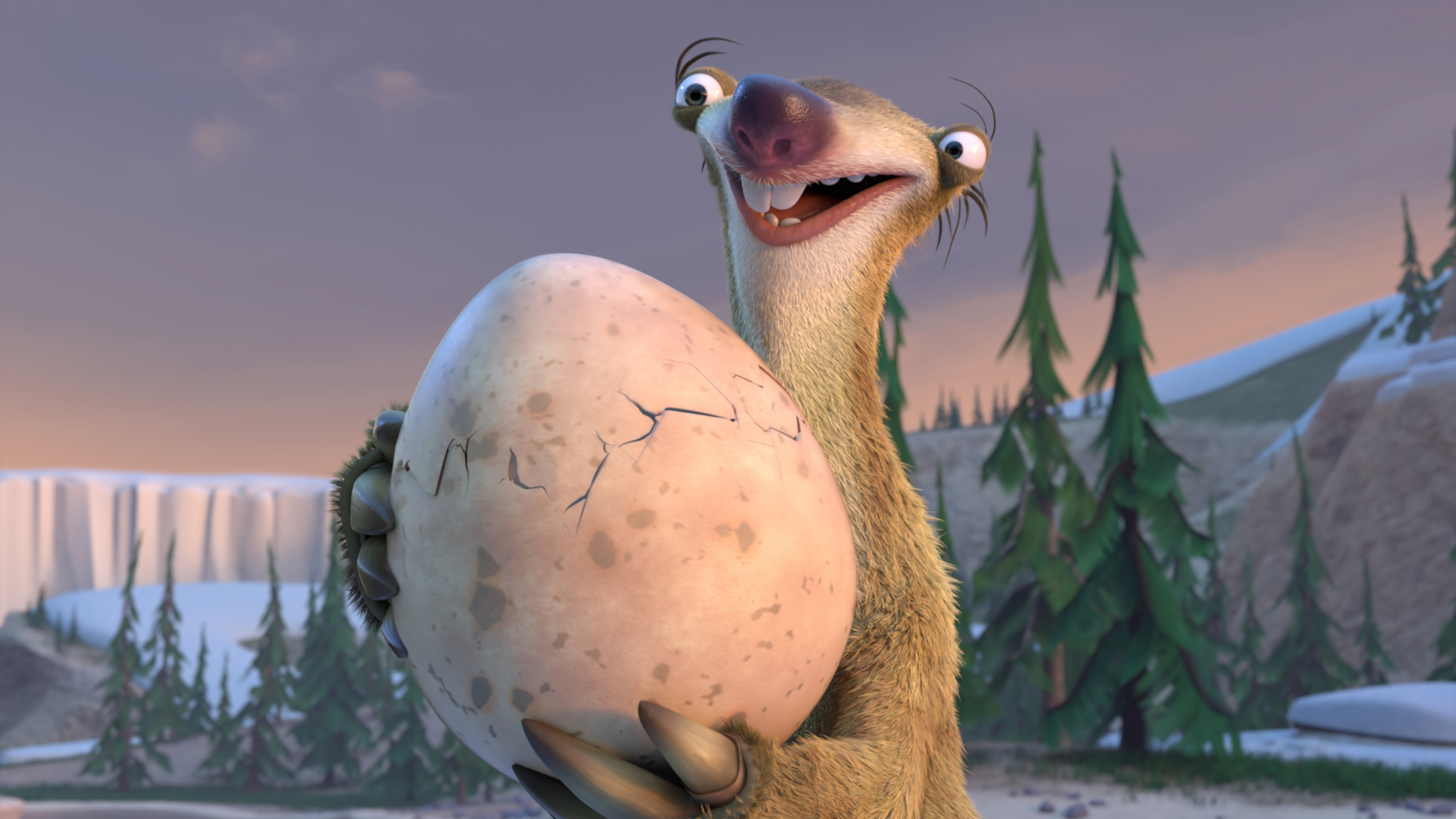
Much evidence suggests that the extinction of the American megafauna, like that of Australia, far northern Asia, and New Zealand, resulted from human activity. Until geologically recent times, large ground-dwelling sloths such as Megatherium lived in North America, but along with many other species they became extinct immediately after the arrival of humans on the continent. Even so, leaves provide little energy, and sloths deal with this by a range of economy measures: they have very low metabolic rates (less than half of that expected for a creature of their size), and maintain low body temperatures when active (30 to 34 degrees Celsius), and still lower temperatures when resting. Sloths may also eat insects and small lizards and carrion.Īs much as two-thirds of a well-fed sloth's body-weight consists of the contents of its stomach, and the digestive process can take as long as a month or more to complete. Leaves, their main food source, provide very little energy or nutrition and do not digest easily: sloths have very large, specialized, slow-acting stomachs with multiple compartments in which symbiotic bacteria break down the tough leaves. Sloths have made extraordinary adaptations to an arboreal browsing lifestyle. Sloths are herbivores, eating very little other than leaves. Most scientists call these two families the Folivora suborder, while some call it Phyllophaga. In the Midwest, most of them have been found in caves, including sites in Missouri, Minnesota, Illinois, Ohio, Kentucky and Tennessee.Sloths are medium-sized South American mammals belonging to the families Megalonychidae and Bradypodidae, part of the order Pilosa.

They have also been found in California, Arizona and New Mexico, as well as northern Mexico. Some have been found as far north as Alaska and the Northwest Territories of Canada. Megalonyx fossils have been recovered from about 150 sites across North America, according to the Illinois State Museum. They likely relied on their robust hind feet, in combination with a stout tail, to support their massive bodies when rearing on their hindquarters to reach high into trees for forage, Wilkins explained. Their hind foot structure and posture of the ground sloths also helped it with meal time. "They had long curved claws, likely an adaptation for foraging for grabbing branches and stripping foliage from tree limbs, as well as for protection from predators," Wilkins told Live Science.

Their peg-like teeth were ideal for this diet, but they also had other body parts that played a large part in their meals. Ground sloths were herbivores, meaning they ate vegetation. Some argue that they were around for many more thousands of years (opens in new tab), though, surviving on islands in the Caribbean. This made for a very cold environment that few animals could endure.īy the end of the Great Ice Age, around 11,700 years ago, many believe that the giant ground sloths had become extinct. At its peak, as much as 30 percent of the Earth's surface was covered by glaciers and parts of the northern oceans were frozen, according to the San Diego Natural History Museum. Giant ground sloths preferred forests along rivers or lakes, but they also lived during the Pleistocene period, also known as the Great Ice Age.


 0 kommentar(er)
0 kommentar(er)
